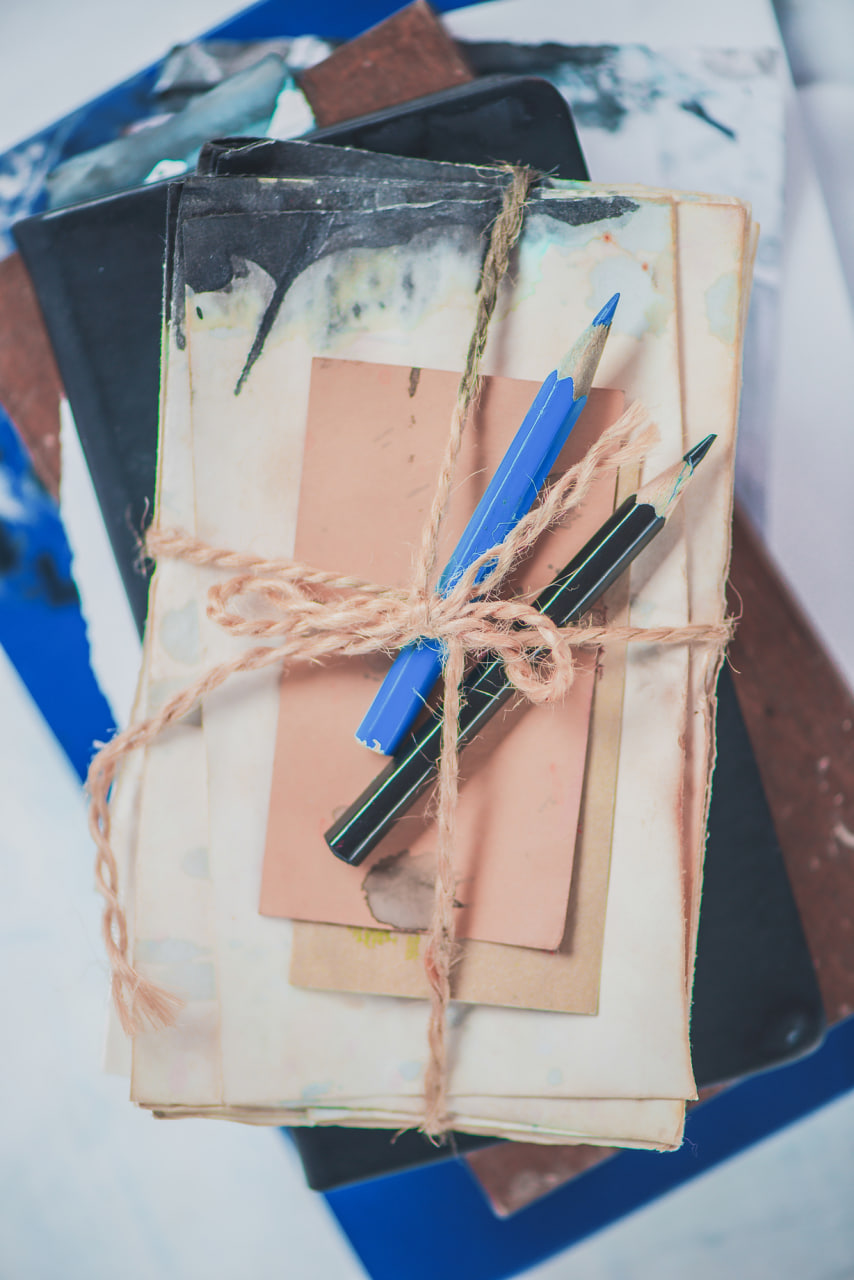Monday to Saturday - 8:00 -17:30

When creating a handmade journal, one of the most important — and often overlooked — decisions is the type of paper you choose. While covers and binding styles give your journal its outer character, the paper defines how it feels to use. It shapes your writing, your artwork, and your overall experience.
Choosing the right paper isn’t just a matter of aesthetics; it’s a functional decision that can make or break the usability of your handmade book. Whether you plan to write, draw, paint, or combine different media, understanding your paper options will ensure your journal supports your creative goals.
Why Paper Choice Matters
Paper is the soul of a journal. It influences texture, ink absorption, durability, and how pages react over time. The right paper enhances the purpose of your journal, whether it’s for sketching, daily journaling, bullet planning, travel notes, or mixed media.
Using unsuitable paper — for example, thin sheets for wet media — can lead to frustration, bleeding, or curling. Conversely, choosing high-quality paper tailored to your specific needs can elevate the experience and increase the journal’s longevity.
Key Paper Characteristics to Consider
Before diving into types of paper, it helps to understand the key properties that affect performance:
1. Weight (GSM)
Paper weight is measured in grams per square meter (gsm). The higher the gsm, the thicker and more durable the paper.
- 80–100 gsm: Lightweight, ideal for basic writing or everyday journaling
- 120–160 gsm: Medium-weight, suitable for ink, markers, and light sketching
- 200+ gsm: Heavyweight, best for watercolors, acrylics, or collage
2. Texture (Tooth)
The texture, or “tooth,” of paper affects how it interacts with different tools.
- Smooth (hot-pressed): Great for pen, ink, or detailed pencil work
- Medium: Balanced surface for general use, suitable for both writing and sketching
- Rough (cold-pressed): More textured, ideal for watercolors or expressive dry media
3. Opacity
Opacity refers to how much you can see through the paper. Higher opacity prevents ink from bleeding or showing through to the other side, which is important if you plan to use both sides of each page.
4. Color
White, off-white, cream, kraft, and even black papers each set a different tone. Choose based on mood, readability, and how your media will show up.
Choosing Paper Based on Purpose
Here’s how to match your paper to your intended journal use:
For Writing & Note-Taking
- Recommended: 90–120 gsm smooth or lightly textured paper
- Best Tools: Ballpoint pens, fountain pens, pencils
- Tips: Avoid glossy paper, which can smudge ink. Make sure your pen doesn’t bleed through.
For Drawing & Sketching
- Recommended: 120–180 gsm, medium-tooth surface
- Best Tools: Graphite, charcoal, ink, colored pencils, fine liners
- Tips: Heavier paper handles erasing and layering better. Spiral or flat-lay bindings are also useful for sketching ease.
For Painting or Mixed Media
- Recommended: 200–300 gsm cold-pressed or watercolor paper
- Best Tools: Watercolors, gouache, markers, collage
- Tips: Heavier papers resist buckling and absorb wet media without tearing. You may want to include different paper types in one journal for variety.
For Journaling or Collage
- Recommended: 100–150 gsm, matte surface
- Best Tools: Glue sticks, washi tape, journaling pens
- Tips: Make sure the paper holds up to layering and won’t wrinkle easily when using adhesives or stickers.
Eco-Friendly Options
Sustainability is becoming increasingly important in handmade crafts. Consider using:
- Recycled paper: Often available in a range of textures and weights, with a slightly rustic look
- Cotton rag paper: Durable, archival-quality, and tree-free
- Upcycled paper: Sheets from old notebooks, prints, or packaging can be repurposed for a unique, environmentally conscious result
These choices reduce waste and add unique character to your journal.
Combining Different Papers
There’s no rule that says your journal must be made with only one type of paper. Many journal makers use a blend:
- Lined paper for writing
- Blank heavy paper for sketching
- Vellum or kraft paper for contrast
- Colored paper for mood shifts
Combining papers lets you design a journal that adapts to your creative rhythm.
Testing and Experimenting
Whenever possible, test your tools on a sample of the paper before binding your journal. Try writing, erasing, applying light washes of color, and turning the page. Notice how the paper reacts.
You may discover that a certain paper works beautifully with your pens but curls slightly with paint. This kind of insight helps you refine your choices and improve your journal-building process over time.
